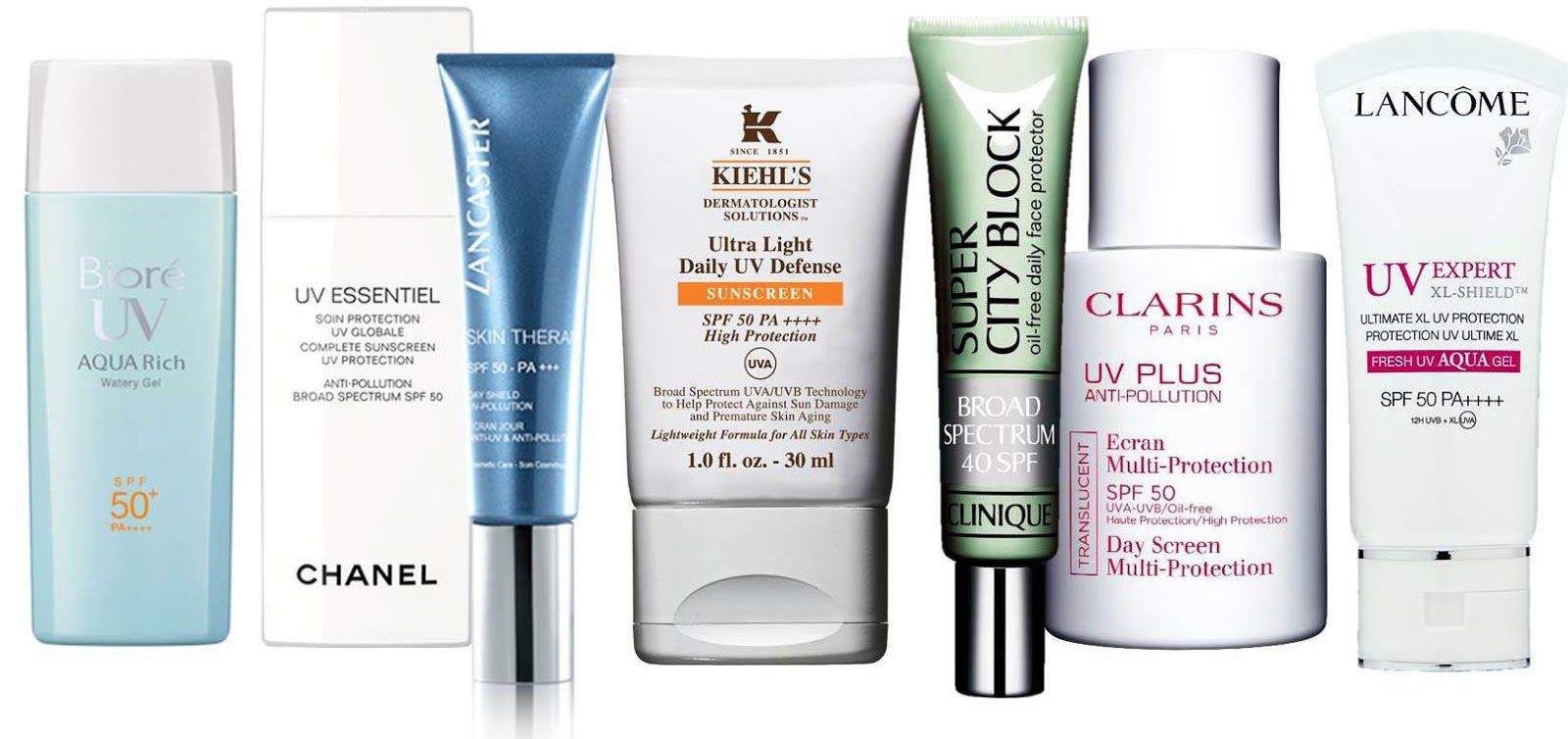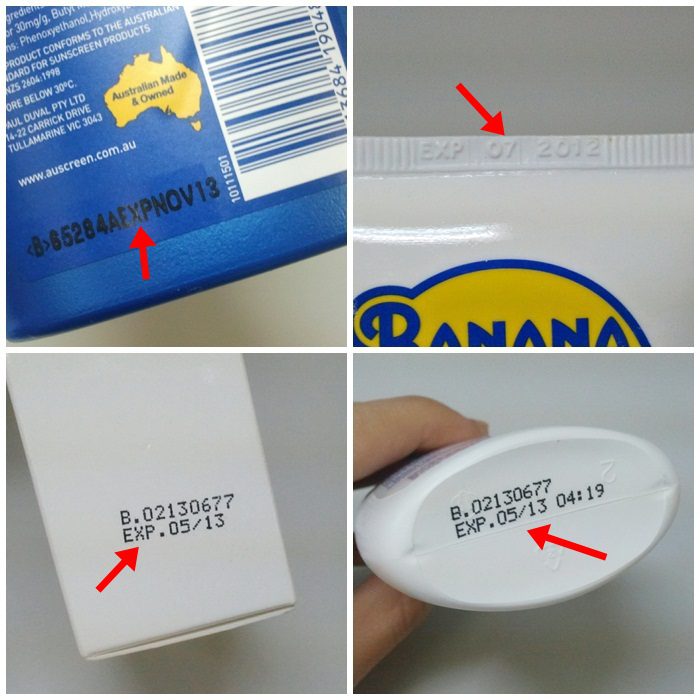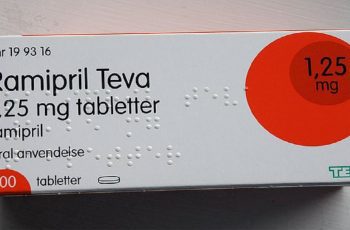Doctors Debunk 7 Of The Most Common Sunscreen Myths
We understand that applying sunscreen can be an inconvenience, but its benefits are worth the extra couple minutes spent lathering up before heading out for a day in the sun.
It has been proven that being out in the sun without proper protection from ultraviolet light exposure can increase your risk for sunburn, wrinkles, and skin cancer.
Dermatologists Jennifer Stein, MD, PhD, of New York University Langone Medical Center and dermatologist James Spencer, MD, of St. Petersburg, Fla., clear up myths about sunscreen.
Sunscreen Myth #1: I can skip it.
“If you’re going to be outdoors,” Stein says, “you should wear sunscreen. Even when it’s cloudy outside, you can still get sunburn through cloud cover.”
For those with naturally dark skin that believe sunscreen is only for the lighter complected, think again. ““People with darker skin are definitely less likely to burn,” Stein says. “But they can still burn and should wear some form of sunscreen that protects against UVA and UVB.”
For you tanning bed lovers, Stein warns that building a base tan doesn’t actually protect you from burning. “There’s a myth out there you should tan before going on vacation because it will protect you from getting burned. That’s just not true. Also, the tan you get from a tanning bed doesn’t protect you. It’s a different kind of tan because it’s from high amounts of UVA, which darkens the skin quickly.”
Sunscreen Myth #2: The SPF in my makeup is enough.

Some people rely on the minuscule amount of sunscreen in their makeup, but it’s simply not enough.
“If you use foundation, a few spots of sunscreen on your face isn’t going to be enough out in the sun,” Stein says.
“You should wear at least an SPF of 30. The easiest approach is to use a facial moisturizer that already has sunscreen in it.”
It’s fine to layer sunscreen on top of what’s in your makeup, but don’t consider it your main safeguard.
Sunscreen Myth #3: All sunscreens are made equal.
False. Sunscreens differ in the way they protect your skin. Some use zinc oxide or titanium dioxide to filter out UVA and UVB rays, while others use chemicals such as avobenzone to do the job.
Newer active ingredients include Helioplex and Meroxyl SX.
“Dermatologists like Helioplex and meroxyl because these ingredients are photostabilized, which means they give you good UVA and UVB protection,” Stein says. “And they’re more stable so they won’t break down as quickly.”
So what type of suncreen offers the best protection? Depends who you ask.
The Environmental Working Group reports that some sunscreen products don’t adequately protect the skin, a claim disputed by the Personal Care Products Council.
According to guidelines set for by the American Academy of Dermatology, sunscreen should provide broad-spectrum coverage against both UVA and UVB light, and have an SPF of 30 or higher.
While the FDA recommends using a sunscreen that has an SPF of 15 or higher that says “broad spectrum” on the label.
Sunscreen Myth #4: A little sunscreen goes all day.
“The general principle is to reapply every two to four hours,” Spencer says. “Sunscreen does go away with time.”
Stein goes on to say that in order to achieve full body coverage, you should apply enough to fill a shot glass.
“A good way to conserve sunscreen is to cover up with clothing. Clothes are more reliable than sunscreen — you don’t have to worry about forgetting about it or reapplying it.”
Want to take a dip in the water? That’s fine, but remember that reapplication of sunscreen post-swim is necessary.
The FDA doesn’t allow sunscreen makers to claim that their products are “waterproof” or “sweatproof,” or identify their products as “sunblocks” because, the FDA says, those claims overstate their effectiveness. Sunscreens can claim that they are “water resistant,” but they have to specify how long that lasts.
Sunscreen Myth #6: There’s a difference in the way lotions, sprays, and stick sunscreens work.
“There are no real major differences; these are just vehicles for the sunscreen and it depends on what the consumer likes,” Spencer says.
“Men often do better with alcohol-based sprays because they don’t like greasy products. Women often do better with lotions and creamier products because they like the moisturizing effect,” Spencer says. “There are many different sunscreen products to choose from. What’s most important is compliance — if you like the product, you’re more likely to use it.”
Sunscreen Myth #7: Last year’s bottle will do the trick.

“You should use enough so that you’re not using the same bottle summer after summer. If you’re doing it right, you’re not going to have leftovers next year,” Stein says.
If you found this article helpful, please share with friends and family by clicking the button below!
Source: webmd.com




